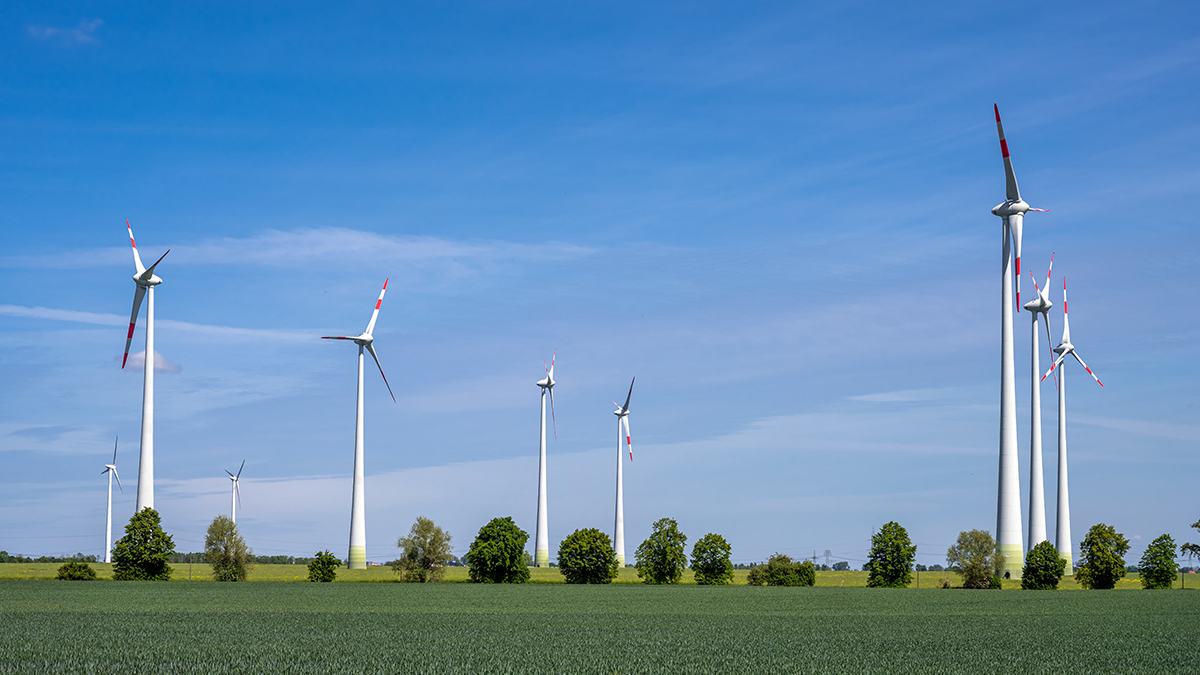WTO going green
As the year comes to a close, one thing is clear in the World Trade Organization (WTO). 2022 marks the start of an important shift in how environmental sustainability issues are addressed in the multilateral trading system. For sure, WTO members have always been able to adopt the environmental policies of their choice, provided they are not used as disguised means of protectionism. And they have. Between 2009 and 2020, governments notified to the WTO upwards of 4600 trade-related climate measures in areas like energy conservation and efficiency, reforestation and much more. But it is no longer just about WTO members having space to implement domestic actions; it is also about proactively using trade, trade policy and trade cooperation to achieve environmental goals. A new fish subsidies agreement, three focused initiatives on trade and sustainability, and deeper analytical work confirm this shift. But there are challenges ahead and they must be managed carefully to avoid trade frictions that can undermine the stability and predictability needed to unleash the massive investments to fund the green transition.

The Agreement on Fisheries Subsidies, adopted at the WTO’s 12th Ministerial Conference last June, is the very first WTO agreement to put a primarily environmental objective at its core, in this case the health of the oceans. The deal, signed off by all 164 members, will go a long way in curbing the estimated $22 billion per year in harmful subsidies that are fuelling depletion of fish stocks and depriving fishing communities from an essential source of livelihood. WTO Director General Dr. Ngozi Okonjo-Iweala is driving a big push to get the agreement ratified by a group of countries large enough for it to enter into force, hopefully by next year. The negotiation of additional disciplines to further tighten these harmful subsidies is also foreseen.
Clearly, WTO members want to ramp up their engagement on trade and environmental issues. From Ecuador to China, from Türkiye to the United States and more, almost 90 countries, representing more than 85 percent of global trade, are engaged in a series of discussions on key sustainability issues. These range from trade in plastics to the circular economy, and from climate change and biodiversity policies to green technologies and fossil fuel subsidy reform. For now, conversations are of a technical nature and are aimed at fostering collective learning, experience sharing and mutual understanding. But participants in each of the three initiatives have started to consider how to move from discussion and ambition to action and concrete results, as they work towards the WTO's next ministerial conference (MC13), to be held in February 2024 in the United Arab Emirates.
Meanwhile, the WTO secretariat continues to provide analytical and other forms of support so that WTO members can make the best use of trade and trade policies to advance sustainability. For example, this year’s edition of the World Trade Report looks at the interactions between international trade and climate change, and explores how trade and trade cooperation can offer solutions to the climate crisis. Three powerful messages stand out. First, a stark warning. Climate change risks making the path to trade-led growth narrower and more dangerous, with increased natural disasters chocking supply chains and aggravating food insecurity. For example, a one-degree Celsius rise in temperature is associated with a decrease of up to 5.7 percent in the export growth of low-income countries. Second, trade is a “force multiplier” that can help accelerate the investment, scale up the technological solutions and incentivize the innovation needed to drive progress towards a just and low-carbon transition. Global value chains have been a major factor in the dramatic fall in the cost of generating solar and wind energy, for instance. But more can be done to align trade policies with sustainability goals. For example, the report estimates that cutting tariffs and reducing non-tariff barriers even on a small subset of energy-related environmental goods could boost exports of those technologies by 5 percent by 2030. It would also mean lower emissions and new jobs, as many as 30 million of them in clean energy and related sectors by 2030. Third, the WTO has a clear role to play. By promoting international trade co-operation, it can help to make climate actions more effective, and the low-carbon transition more just.
For all the good things happening in the trade and environment space, there are also important challenges that merit careful handling in the WTO. These include the need to keep trade open and supply chains running. Open and transparent trade policies have enabled the emergence of global supply chains that in turn fostered lower prices and rapid increases in renewable energy capacity around the world. But the rise in distortionary subsidies and other inward-looking policies risk fragmenting markets, deepening uncertainty, hampering innovation and increasing the costs of going green. The WTO’s focus on trade facilitation and reducing trade barriers could go a long way in helping to reduce those costs and accelerating the dissemination of new technologies.
There is also a need to ensure that markets for clean energies are not as concentrated as markets for dirty energies. Right now, the risk of concentration in critical minerals required for the energy transition is high. The effective response is diversification and deeper markets, not decoupling. Here again, the WTO can contribute with transparency, monitoring and policy dialogue. And finally, there is the need to ensure that least-developed and developing economies can pursue a green trade-led growth path. This means more collaboration on carbon and other sustainability standards to ensure that they reflect conditions in all regions. It is also about further co-operation on strengthening quality infrastructure in developing countries so that small businesses can demonstrate compliance with emerging green standards and requirements and reap the benefits of rising global demand for green goods and services. The WTO-led Aid for Trade initiative can be calibrated to further support more inclusive green supply chains.
Much work remains to harness the full potential of trade for sustainability. There is no time to waste: 2022 was a year of promise and peril; 2023 must be one of practical solutions and tangible outcomes.
* Anabel González was Deputy Director-General from June 2021 to August 2023
